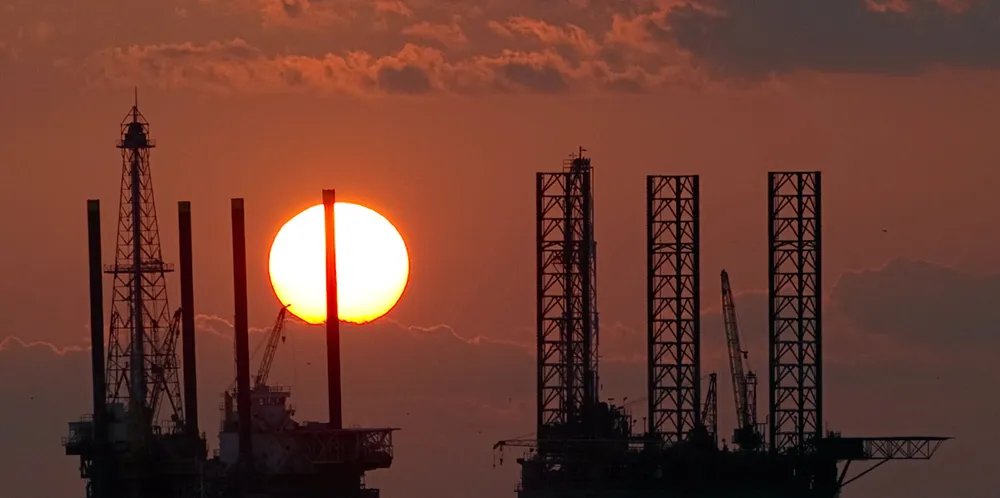'We're not there yet' | Oil & gas decarbonisation unlikely to drive Gulf of Mexico offshore wind
Wood Mackenzie analysts say the region already leads in low carbon petroleum extraction and global majors would do better cutting emissions elsewhere

Gulf of Mexico’s massive oil & gas sector is expected to factor heavily into the upcoming offshore wind auction, but not as a customer for clean power to drive upstream operations, according to research consultancy Wood Mackenzie.
As fossil fuels continue to provide some 80% of global primary energy supply, according to the International Energy Agency (IEA), and the sector's operations contribute 15% of emissions, cleaning up the industry is critical to staving off global climate change.
In the North Sea, offshore wind is increasingly being leveraged to reduce oil & gas upstream emissions.
In the US Gulf, though, while the oil & gas supply chain of steel fabricators, shipyards, and experienced workforce numbering in the hundreds of thousands is expected to be deployed for offshore wind, there is little expectation of directly powering oil platforms through renewables.
“But the actual facilities using the electricity to power the topside? We're not there yet,” he added.
US Gulf offshore wind
The leases hold at least 3.65GW of capacity by BOEM’s conservative estimate of 3MW per square kilometre but could hold twice as much.
Oil majors are already well ensconced in the US and global sectors, with Shell, BP, and Equinor developing major projects along the Atlantic seaboard and were instrumental in driving up auction prices in the New York Bight last year.
Shell and Equinor are qualified bidders into the upcoming Gulf of Mexico (GoM) offshore wind lease auction, as well as French supermajor TotalEnergies, which walked away with acreage in both the New York Bight and Carolina Long Bay.
These companies have made significant emissions reductions pledges but are not likely to decarbonise their US Gulf assets to reach them, primarily because the region has some of the best emissions profiles in global oil production.
Lower upstream emissions
GoM “has the lowest emissions intensity of any assets or among the lowest in the world. They always make a point to say that when they're announcing project investments” in the region, said WoodMac GoM senior research analyst Scott Nance.
High production costs in the US result in oil firms only targeting the richest resources, typically holding 96-97% crude oil, with much smaller amounts of natural gas and impurities.
“That's much, much higher than you would see in the onshore US,” said Nance.
The purity of the reserve requires less processing to get it into the pipeline and sent to shoreside refineries, which “gives you a very low energy intensity value,” said Nance.
WoodMac notes that at the corporate level, emissions reductions are likewise focused on other regions besides the US Gulf.
“There are offshore fields in Southeast Asia where the reservoir is 50% CO2 inside the reservoir, and all that comes up,” said Rostant.
“There's literally nothing you could do in the Gulf of Mexico that would decarbonise as much as shutting in that field.”
Lack of opportunity to drive upstream oil & gas sector emissions reductions removes another potential market for the coming GoM offshore wind sector.
Offtake struggles
Texas and Louisiana are both heavily industrialised and high consumers of hydrogen in refineries and fertiliser production that make them prime candidates for green hydrogen production.
GNO last year won a $50m grant from the Biden administration for its H2theFuture plan to slash pollution in the Gulf state and generate opportunities for its residents through green hydrogen.
The funds were supplemented by a $24.5m grant from Louisiana, bringing the total award to nearly $75m.